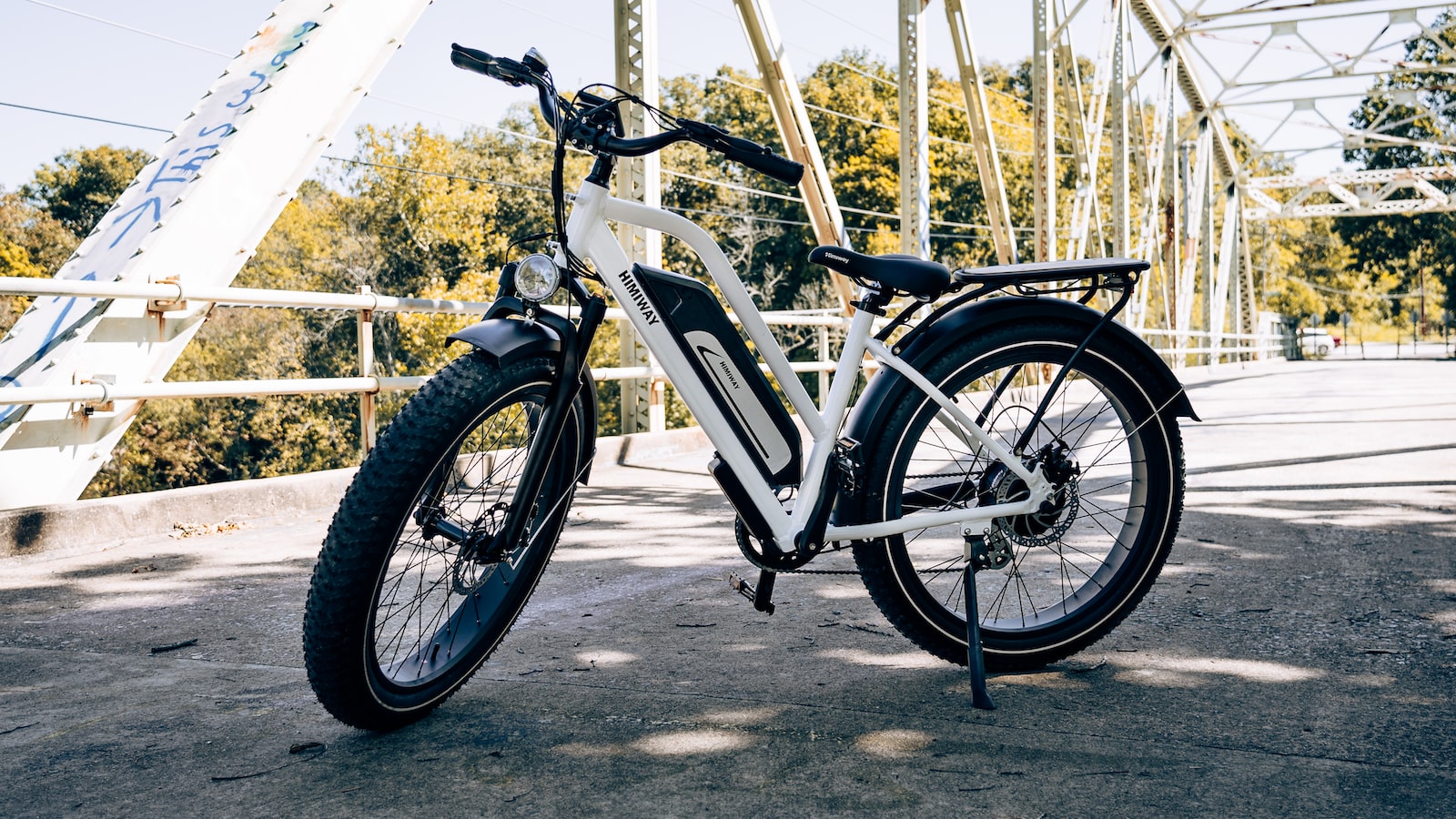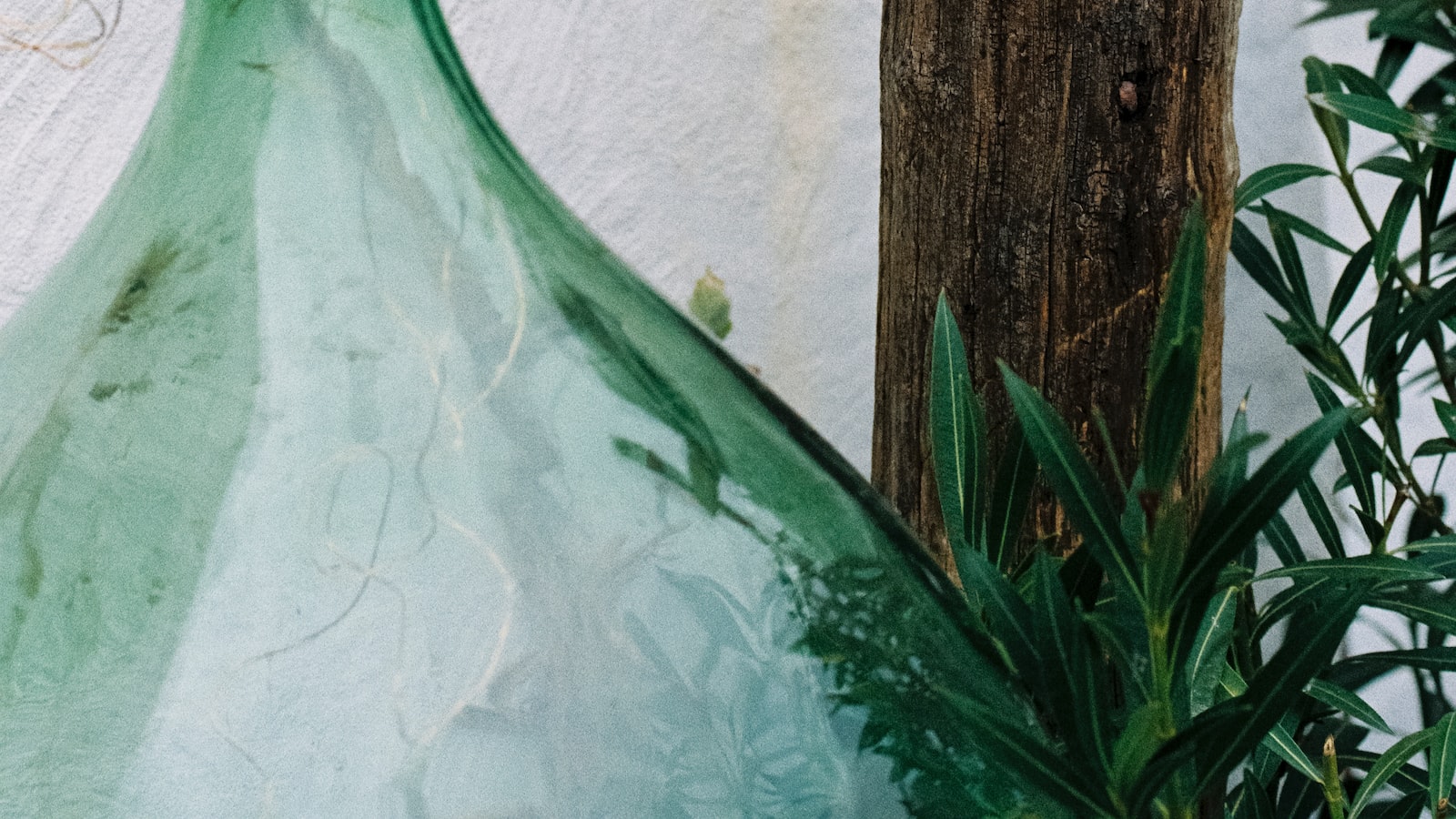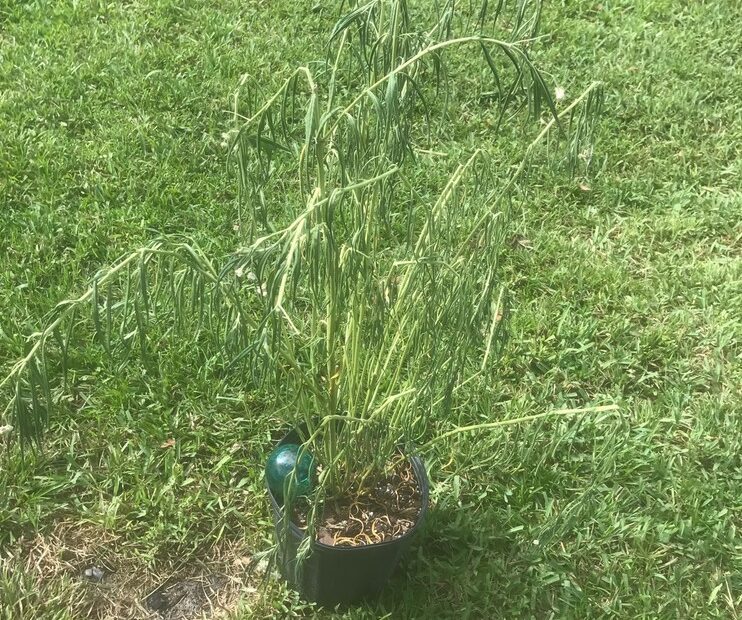In the enchanting kingdom of milkweed, where slender stalks stand tall and vibrant leaves dance in the gentle breeze, a peculiar phenomenon has cast a shadow upon its usually lively inhabitants. Wonder, curiosity, and perhaps a touch of concern have arisen as green-fingered enthusiasts, both novice and experienced, gaze upon their once sturdy milkweed plants, now adorned with drooping heads. “Why is my milkweed drooping?” they ponder, searching for answers to this botanical puzzle. As the mysteries of nature unfold, let us embark on a journey to uncover the secrets behind this unexpected sag, with an open mind and a quest for knowledge that knows no boundaries. Together, we shall dive into the curious depths of drooping milkweed, unveiling the truths shrouded by this enigmatic phenomenon, and perhaps, restoring harmony to this enchanting corner of our earthly realm.
1. Understanding the Common Causes of Drooping Milkweed: A Comprehensive Overview
Milkweed, a beloved perennial plant known for its vibrant blossoms and as a vital source of food for monarch butterflies, can sometimes leave gardeners puzzled when its stems start to droop. If you’re scratching your head as to why your milkweed is looking a little lackluster, fear not! We’re here to shed some light on the common causes behind this phenomenon, allowing you to better understand and nurture your precious milkweed plants.
One possible culprit for drooping milkweed could be overwatering. While milkweed appreciates regular watering, excessive moisture can lead to root rot and weak stems. Similarly, underwatering can cause dehydration and stress, resulting in droopy stems. It’s important to strike a balance and ensure your milkweed receives adequate hydration without drowning its roots. Additionally, pests like aphids, spider mites, and milkweed bugs can also contribute to drooping. These tiny invaders can suck the sap from the stems, causing the plant to weaken and wilt. Keeping a keen eye out for any signs of infestation and promptly addressing them can help your milkweed regain its vitality.
Now, let’s delve into some key features and tips to keep in mind when dealing with drooping milkweed. In the table below, you’ll find useful information that can aid you in identifying and remedying the causes of drooping stems. From sunlight requirements to pest management strategies, these insights will assist you in ensuring your milkweed thrives and remains an inviting haven for monarch butterflies. Remember, a little care and understanding can go a long way in helping your milkweed stand tall and vibrant once again.
| Features/Tips | Description |
|---|---|
| Sunlight | Milkweed thrives in full sunlight. Ensure it receives at least 6 hours of direct sun each day. |
| Watering | Water your milkweed regularly, but avoid overwatering as it can lead to drooping stems. |
| Pest Management | Inspect your milkweed for any signs of aphids, spider mites, or milkweed bugs. Use natural remedies or organic insecticides to control them. |

2. The Impact of Environmental Factors on Milkweed Health and Vitality
Milkweed is a beautiful and resilient plant that plays a vital role in the survival of the monarch butterfly. However, sometimes you may notice that your milkweed leaves are drooping. This could be indicative of various environmental factors that can impact the health and vitality of your milkweed.
One possible explanation for drooping milkweed leaves is inadequate watering. Milkweed plants require a consistent supply of water to thrive, especially during hot and dry conditions. To prevent drooping leaves, make sure to keep the soil around your milkweed moist but not waterlogged. Regularly check the moisture level by sticking your finger about an inch into the soil. If it feels dry, it’s time to water. Additionally, consider providing shade for your milkweed during scorching summer afternoons, as excessive heat can also cause leaves to droop.

3. Effective Strategies for Reviving Drooping Milkweed: Expert Recommendations
<div>
<p>If you've ever come across your milkweed plants looking lackluster and drooping, fear not! There are effective strategies recommended by experts that can help revive them and get them thriving again. Drooping milkweed can be a cause for concern as these plants are not only beautiful but also essential for attracting monarch butterflies. Here's what you can do to bring these vibrant plants back to life:</p>
<h3>1. Provide Adequate Watering:</h3>
<ul>
<li>Check the moisture level of the soil regularly and ensure it is not excessively dry or waterlogged.</li>
<li>Water your milkweed deeply but less frequently, allowing the roots to absorb the moisture properly and <a href="https://up-gardening.com/can-you-prune-barberry-in-the-fall/" title="Can You Prune Barberry in the Fall">encourage healthy growth</a>.</li>
<li>If the soil around the plant feels dry to the touch, provide a thorough watering session, ensuring the water reaches the root zone.</li>
</ul>
<h3>2. Sunshine and Shade Balance:</h3>
<ul>
<li>Ensure your milkweed is getting enough sunlight. Most varieties thrive in full sun, requiring at least six hours of direct light a day.</li>
<li>However, if your plants are showing signs of wilting or discolored leaves, it might be an indication that they are getting too much direct sun.</li>
<li>In such cases, provide some shade during intense afternoon sun hours to prevent overheating and create a more balanced environment for your milkweed to recover.</li>
</ul>
</div>| Features | Tips |
|---|---|
| 1. Proper Watering | Check soil moisture regularly. Water deeply but less frequently. |
| 2. Sunshine and Shade | Ensure adequate sunlight but provide shade during intense sun hours if needed. |
| 3. Pruning | Trim damaged or diseased leaves to promote new growth. |

4. Cultivation Tips to Maintain Healthy Milkweed Stems, Leaves, and Flowers
Are you noticing your milkweed plants drooping and looking less vibrant than usual? Don’t worry, we have some cultivation tips that will help you maintain healthy milkweed stems, leaves, and flowers. By following these simple steps, you can ensure that your milkweed plants stay strong and beautiful all season long.
1. Provide Adequate Water: Milkweed plants require regular watering to thrive. Make sure to water them deeply, aiming for about 1 inch of water per week. However, it’s crucial not to overwater, as overly wet soil can lead to root rot and drooping stems.
2. Choose the Right Soil: Milkweed plants prefer well-draining soil with a neutral pH. Avoid heavy clay soils that tend to hold water. Adding organic matter like compost or peat moss to the soil can improve drainage and provide essential nutrients for healthy growth.
| Features | Tips |
|---|---|
| Full Sun | Plant milkweed in an area that receives at least 6 hours of direct sunlight per day. |
| Regular Pruning | Trimming back your milkweed plants in early spring helps promote branching and stimulates vigorous growth. |
| Butterfly-Friendly | Milkweed is the host plant for monarch butterflies. By cultivating milkweed, you are creating a vital habitat for these beautiful pollinators. |
Remember that milkweed plants are not only stunning additions to your garden, but they also provide crucial food for monarch butterflies and other pollinators. By following these cultivation tips, you can ensure your milkweed plants remain healthy, strong, and a welcoming haven for butterflies. Happy gardening!
pan id="Frequently_Asked_Questions">Frequently Asked Questions
Q: Why is my milkweed acting like a drama queen and drooping all over the place?
A: Ah, the elegant milkweed, a temperamental beauty indeed! Its drooping habit may have various reasons, so let’s unravel the mystery together.
Q: Is it possible that my milkweed is simply having a bad hair day?
A: While we can’t spot any flyaways or frizz on milkweed stems, they might droop due to insufficient water supply. Those thirsty stems could be a subtle cry for help, calling for some hydration to regain their upright posture.
Q: Could my milkweed be feeling a bit under the weather?
A: Absolutely! Just like humans, plants can also experience diseases or pest infestations. Drooping milkweed can be a sign of such troubles, indicating potential issues like root rot or aphid invasion. Time to put on that plant detective hat!
Q: Can milk
weed droop be a natural defense mechanism?A: It seems like milkweed has a few tricks up its sleeve! In some cases, drooping stems could be a defense mechanism to attract predators of potential pests who munch on these enchanting plants. Clever, isn’t it?
Q: How can I give my drooping milkweed some much-needed TLC?
A: Fear not! Start by ensuring adequate watering to quench its thirst, avoiding both under and overwatering. Depending on the issue, treating the root rot or addressing pest infestation is crucial. Providing a supportive stake or gently tying up drooping stems can also work wonders for their morale. Remember, love and care can perk up even the most drooping milkweed! As we conclude our journey into the world of drooping milkweed, let us take a moment to reflect on the intriguing nature of this magical plant. While it may seem disheartening to witness its slender stems wilting, fear not, for there is always hope for its revival.
Nature, in all its wisdom, often must remind us that even the hardiest of species can succumb to challenges. Drooping milkweed serves as a gentle reminder that life, just like the flowing rivers and dancing winds, is a delicate balance. It beckons us to observe closely, to pay attention to the signs, and embark on a quest to uncover the underlying cause.
From the di
ligent gardener seeking solace in the verdant embrace of their milkweed garden, to the ardent admirer captivated by the beauty of butterflies fluttering amidst these vibrant blossoms, we share a common curiosity: why is my milkweed drooping?With each droop, holding steadfast to its innate resilience, milkweed introduces us to an intricate symphony of intricate factors. Its environment, nourishment, and even the silent whispers of unseen pests can cause this ethereal creature to droop. The answers lie within the intertwined threads of its existence.
Yet, in this realm distinguished by elegance and delicacy, finding solace and resolution is ever a possibility. With a touch of care, a sprinkle of knowledge, and the resilience of a budding seed, one can nurse the wilted milkweed back to exuberance and life.
So, dear mi
lkweed lover, worry not if your little paradise finds itself overwhelmed with drooping beauty. Rather, use this as an opportunity to delve spiritedly into the realm of horticultural mysteries. Seek wisdom from experts or explore the vast expanse of knowledge that awaits your discovery.Our enchanting journey into the realm of drooping milkweed might have reached its final chapter, but the story of your garden, your passion, and your connection with nature will continue to flourish. Embrace the challenges encountered along the way, for it is in these very moments that the true essence of gardening unfolds—growth, transformation, and the immortal resilience of life itself.
Farewell, dear reader, as you embark on your quest to revive your drooping milkweed. May your garden radiate with renewed vigor, an oasis of delight for both fragile butterflies and inquisitive souls. Remember, the path to thriving milkweed is paved with curiosity, nurturing love, and a touch of mystical wonder.
- When to Put Weed and Feed on Lawn in Michigan - October 16, 2023
- When to Fertilize Potatoes Plants - October 16, 2023
- Can You Plant Clover in the Spring - October 16, 2023
Contents
- 1 1. Understanding the Common Causes of Drooping Milkweed: A Comprehensive Overview
- 2 2. The Impact of Environmental Factors on Milkweed Health and Vitality
- 3 3. Effective Strategies for Reviving Drooping Milkweed: Expert Recommendations
- 4 4. Cultivation Tips to Maintain Healthy Milkweed Stems, Leaves, and Flowers
- 5 Frequently Asked Questions

